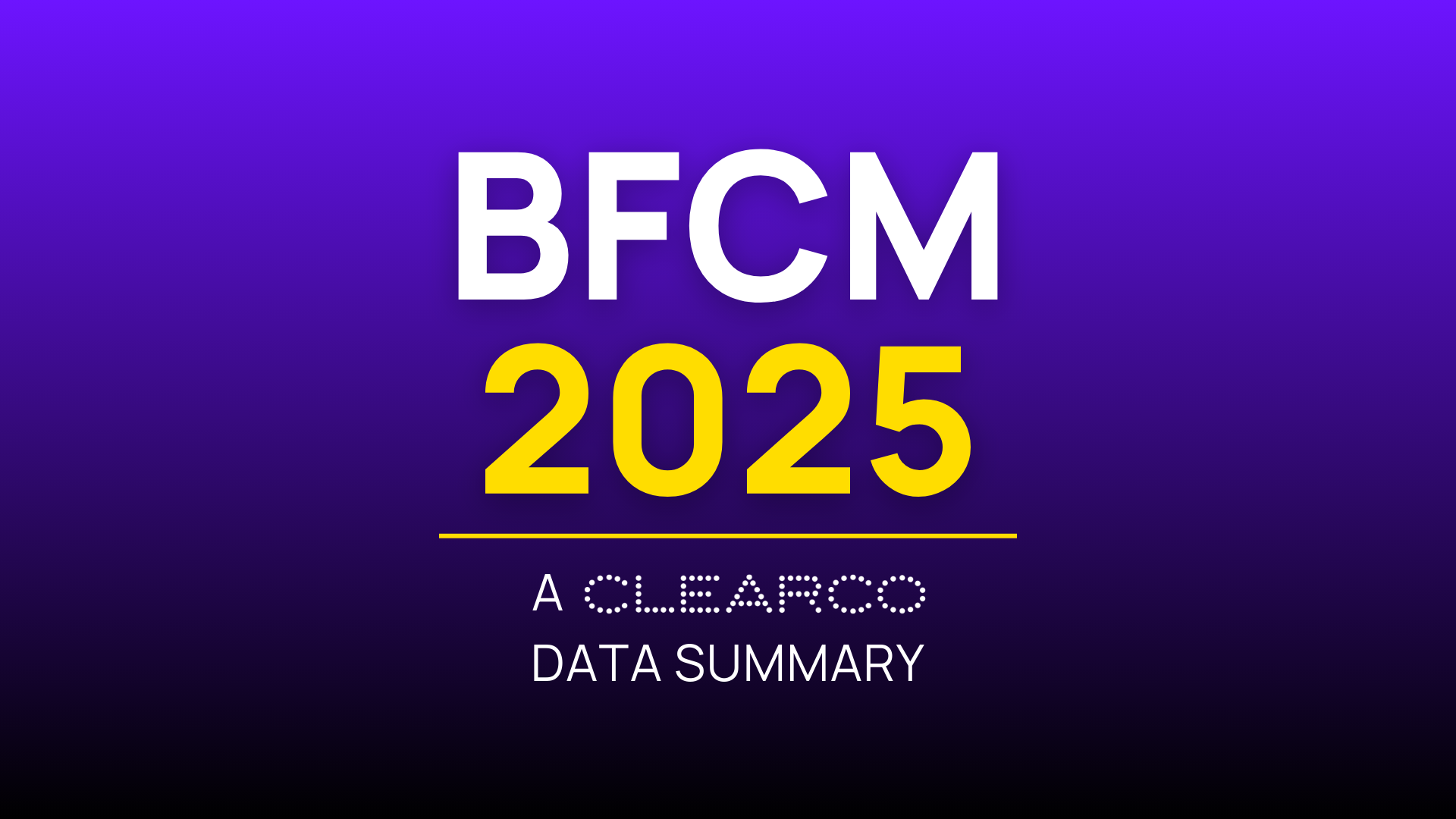Mastering Cash Flow Forecasting

Cash flow is the lifeblood of any business, and forecasting it accurately can make the difference between success and failure. In this article, we’ll discuss the importance of cash flow forecasting, how to create an accurate cash flow forecast, common mistakes to avoid, and tools and software to help you with the process.
Introduction to Cash Flow Forecasting
Cash flow forecasting is the process of predicting the inflows and outflows of cash in a business over a specific period. It’s a tool for businesses of all sizes, from start-ups to established companies. Cash flow forecasting helps businesses to plan and manage their finances effectively, ensuring that they have enough cash to meet their obligations and invest in growth opportunities.
The Importance of Cash Flow Forecasting for Businesses
Cash flow forecasting allows businesses to anticipate and plan for future cash needs, such as paying suppliers, employees, and taxes. Without accurate cash flow forecasting, businesses may not have enough cash to cover their expenses, resulting in missed payments, penalties, and even bankruptcy.
Accurate cash flow forecasting also helps businesses to identify potential cash shortfalls and take proactive measures to prevent them. For example, if a business predicts that it will have a cash shortfall in the next quarter, it can take steps to reduce expenses, increase sales, or secure additional funding.
Understanding Cash Flow and its Components
Before creating a cash flow forecast, it’s essential to understand the components of cash flow. Cash flow is the movement of money into and out of a business. There are two primary components of cash flow:
Cash Inflows
Cash inflows are the money that comes into a business, including revenue from sales, investments, loans, and other sources. Cash inflows are essential for a business's survival and growth.
Cash Outflows
Cash outflows are the money that goes out of a business, including expenses such as rent, salaries, inventory, taxes, and loan repayments. Managing cash outflows is critical to ensure that a business has enough cash to meet its obligations.
The Benefits of Accurate Cash Flow Forecasting
Accurate cash flow forecasting offers several benefits to businesses, including:
Better Decision Making
It allows businesses to make informed financial decisions. For example, if a business knows that it will have a cash surplus in the next quarter, it can invest in growth opportunities or pay off debt. On the other hand, if a business predicts a cash shortfall, it can take steps to reduce expenses or secure additional funding.
Improved Cash Management
Accurate cash flow forecasting helps businesses manage their cash more effectively. By predicting future cash needs, businesses can plan their expenses and investments more strategically, ensuring that they have enough cash to cover their obligations.
Increased Financial Stability
It can help businesses maintain financial stability. By identifying potential cash shortfalls, businesses can take proactive measures to prevent them, such as reducing expenses or securing additional funding.
Steps to Create a Cash Flow Forecast
Creating a cash flow forecast may seem daunting, but it’s a relatively straightforward process. Here are the steps to create an accurate cash flow forecast:
Step 1: Identify Cash Inflows
The first step in creating a cash flow forecast is to identify all the sources of cash inflows. This includes revenue from sales, investments, loans, and other sources.
Step 2: Estimate Cash Inflows
Once you have identified all the sources of cash inflows, the next step is to estimate how much cash will come in from each source. This requires a thorough understanding of your business's sales and revenue patterns.
Step 3: Identify Cash Outflows
The next step is to identify all the cash outflows. This includes expenses such as rent, salaries, inventory, taxes, and loan repayments.
Step 4: Estimate Cash Outflows
Once you have identified all the cash outflows, the next step is to estimate how much cash will go out for each expense. This requires a thorough understanding of your business's expenses and payment schedules.
Step 5: Calculate Net Cash Flow
The final step in creating a cash flow forecast is to calculate the net cash flow by subtracting the total cash outflows from the total cash inflows. This will give you an accurate picture of your business's cash position for the period.
Common Cash Flow Forecasting Mistakes to Avoid
Creating an accurate cash flow forecast can be challenging, and there are several common mistakes that businesses make. Here are some of the most common cash flow forecasting mistakes to avoid:
Overestimating Sales
One of the most common mistakes businesses make when creating a cash flow forecast is overestimating sales. This can lead to a cash shortfall if sales do not meet expectations.
Underestimating Expenses
Another common mistake is underestimating expenses. This can lead to a cash shortfall if expenses are higher than expected.
Ignoring Seasonal Variations
Seasonal variations can have a significant impact on cash flow, and ignoring them can lead to inaccurate forecasts. For example, a business that experiences a surge in sales during the holiday season may have higher cash inflows during that period.
Failing to Update the Forecast
Cash flow forecasting is an ongoing process, and failing to update the forecast regularly can lead to inaccurate predictions. It’s important to review and update the forecast regularly to ensure that it reflects the most up-to-date information.
Cash Flow Forecasting Tools and Software
Several tools and software can help businesses create and manage cash flow forecasts. These tools can automate the process, making it easier and more efficient. Here are some of the most popular cash flow forecasting tools and software:
Excel is a powerful tool for creating cash flow forecasts. It offers a range of functions and formulas that can help businesses create accurate forecasts quickly.
Cloud-based accounting software, such as QuickBooks and Xero, can help businesses manage their finances more efficiently. These platforms offer features such as cash flow forecasting, invoicing, and expense tracking.
Cash flow forecasting software, such as Float and Futrli, can help businesses create accurate cash flow forecasts quickly and easily. These tools offer features such as automated data entry and real-time updates.
Integrating Cash Flow Forecasting into Your Business Planning
By including cash flow forecasts in your business plan, you can ensure that your financial goals align with your cash flow projections. Here are some tips for integrating cash flow forecasting into your business planning:
Set Realistic Financial Goals
When creating your business plan, set realistic financial goals based on your cash flow projections. This will help you ensure that your goals are achievable and aligned with your cash flow position.
Monitor Your Cash Flow Regularly
Regularly monitoring your cash flow will help you identify potential cash shortfalls and take proactive measures to prevent them. Use your cash flow forecast as a guide to monitor your cash flow regularly.
Adjust Your Plans as Needed
If your cash flow projections change, adjust your plans accordingly. This will help you stay on track and ensure that you are making informed financial decisions.
The Role of Financial Planning in Cash Flow Forecasting
Financial planning is crucial to the success of cash flow forecasting. Financial planning involves setting financial goals, creating a budget, and developing strategies to achieve those goals. Here are some tips for incorporating financial planning into your cash flow forecasting process:
Set realistic financial goals: By setting achievable goals, you can ensure that your cash flow projections align with your financial objectives.
Create a budget: A budget will help you manage your expenses and ensure that your cash flow projections are accurate.
Develop cash flow strategies: Developing cash flow strategies can help you manage your cash flow more effectively. For example, if you predict a cash shortfall, you can take steps to reduce expenses or secure additional funding.
Accurate cash flow forecasting can help businesses make informed financial decisions, manage their cash more effectively, and maintain financial stability. By following the steps outlined in this article, businesses can create accurate cash flow forecasts and avoid common mistakes. Integrating cash flow forecasting into your business planning process and incorporating financial planning can help you achieve your financial goals and ensure long-term success.

.png)

